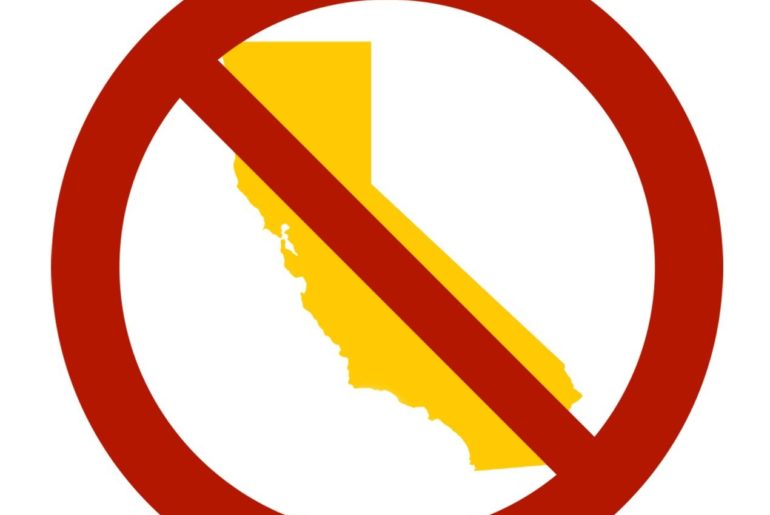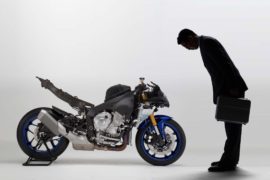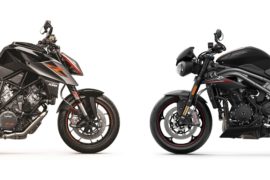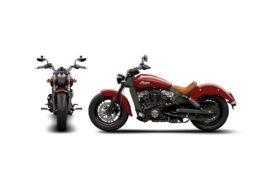Elected on a platform to do away with regulatory interference, especially Obama-era fuel economy targets, the Trump Administration is now looking to end California’s waiver under the Clean Air Act.
Ending the waiver effectively means that the United States would finally have a unified set of regulations for vehicles emissions and fuel efficiency standards, as California (through the California Air Resources Board) often sets higher requirements, through its Clean Air Act waiver.
Looking to gut the regulatory force of CARB, this news would also mean that vehicle makers would have lower targets to hit for gas mileage efficiency (37mpg instead of 46.8mpg), which in turn means that brands would have to sell fewer electric vehicles as well.
Lastly, under the proposed changes, vehicle emission standards would freeze at the planned 2020 levels, until the year 2026.
The controversy comes from the strict standards that CARB has imposed on vehicle manufacturers wanting to sell in California, which initially created so-called “49-state models” that were sold in the rest of the United States, as well as special California models for the Golden State.
The stated goal of the Trump Administration’s plan is to bring a “50-state solution” to vehicle makers, though the reality is that is already the case – with manufacturers selling California-spec vehicles outside of California as well.
As such, the CARB vehicles standards have become the de facto emission and efficiency standards in the United States. Twelve states, along with the District of Columbia, follow California’s emission standards, which accounts for 40% of the car market in the United States.
While vehicle manufacturers were hoping to see President Trump slow down the ever-increasing standards for vehicles, especially the pressure to make EVs, the proposals being considered by the EPA and DOT go beyond what many vehicle manufacturers asked for from the administration.
For automotive brands that have invested heavily in electric vehicle technology, like Tesla and Ford, the news will certainly mean a decrease in demand for their EV offerings.
As you can imagine, this news spills out of the auto industry and into the motorcycle industry very easily.
While we have seen the European and Japanese markets adopting a unified emissions platform, the United States remains a minefield for motorcycle tailpipe and noise emissions, especially with the competing Euro4 (and soon Euro5) standard from Europe.
California, through the requirements set by CARB, often poses a regulatory hurdle for motorcycle makers.
Just recently, we saw the EPA crack down on Harley-Davidson for its Screaming Eagle tuners (which the Trump Administration reduced), and the Golden State has effectively killed the exhaust market for motorcycles, fining dealers who install a non-CARB compliant exhaust on a motorcycle.
It is not clear how heavy this news will affect electric motorcycle makers, like Alta and Zero (both of which are located in California, we might add), nor how it will affect brands like Harley-Davidson, KTM, and others who are working to bring electric motorcycles to market.
A national decrease in the demand for electric vehicles will surely affect these two-wheeled players though, as less infrastructure will be built to accommodate electrics, and the overall range of industrial services will be lowered.
As such, it will be interesting to see how these proposals ultimately get implemented (expect a legal fight, if the Trump Administration moves forward), and how these rules will ultimately affect the motorcycle industry. Stay tuned.
Source: Bloomberg




